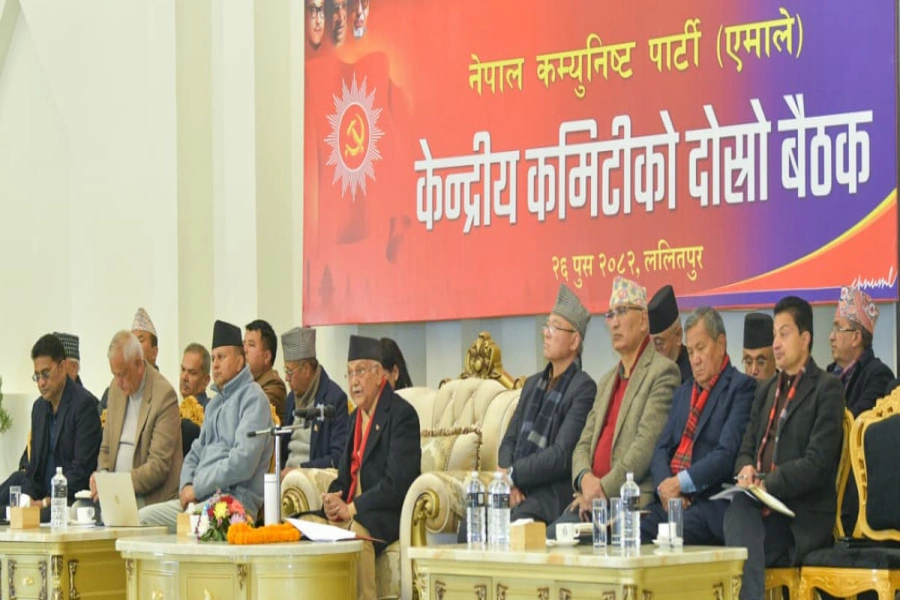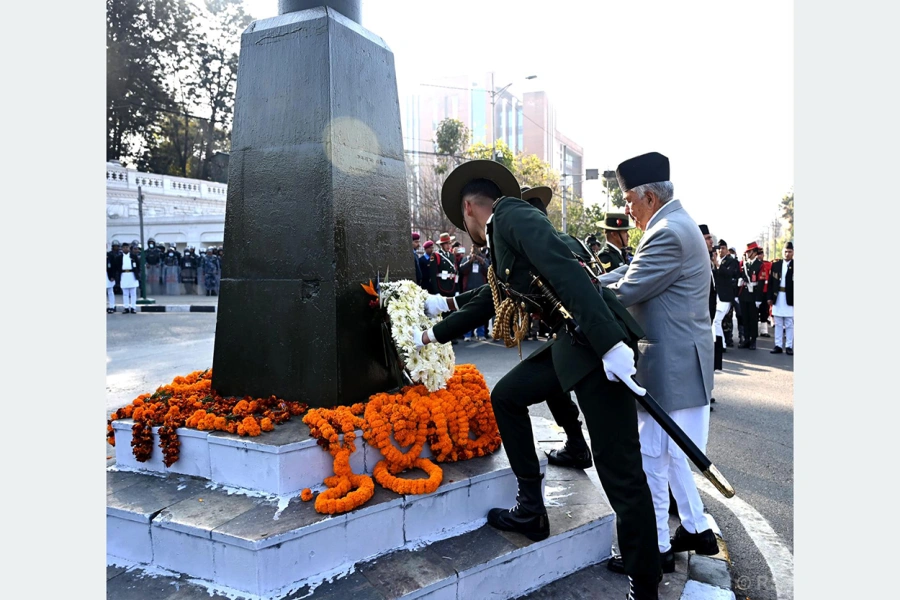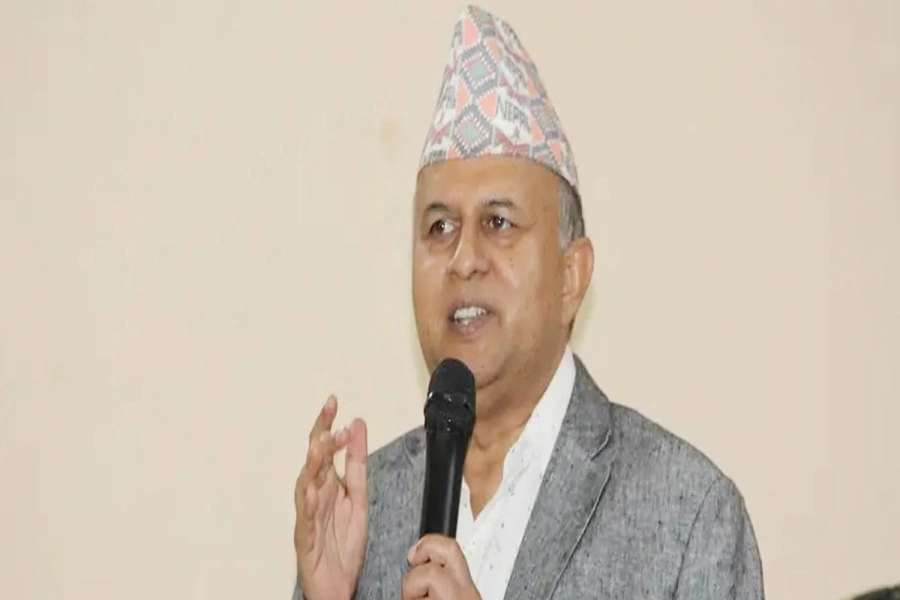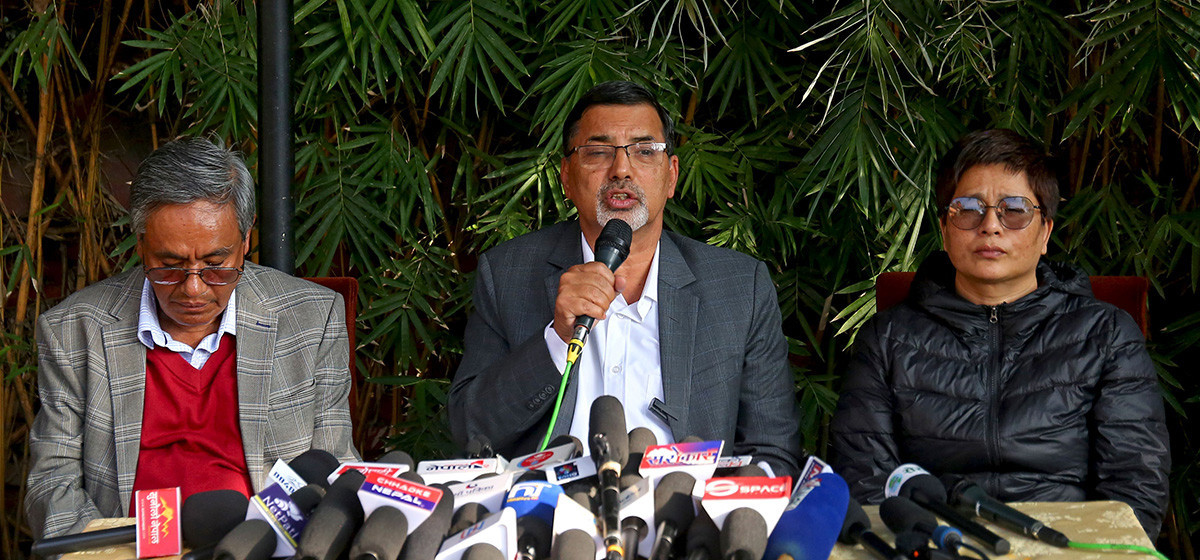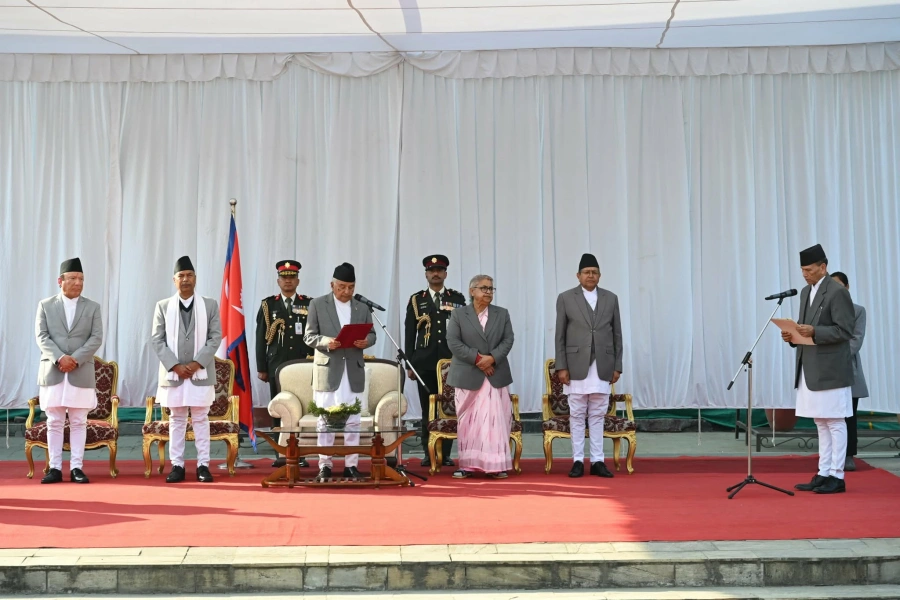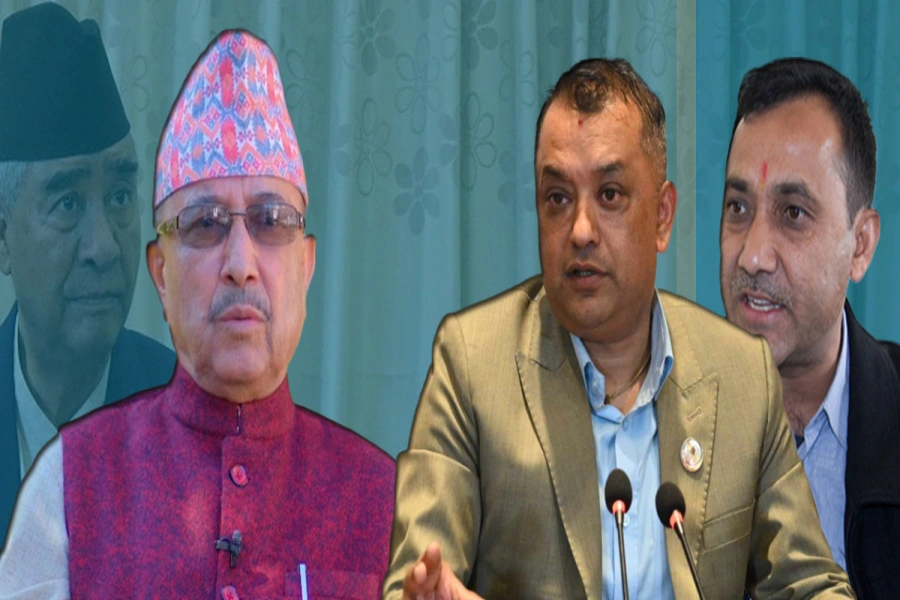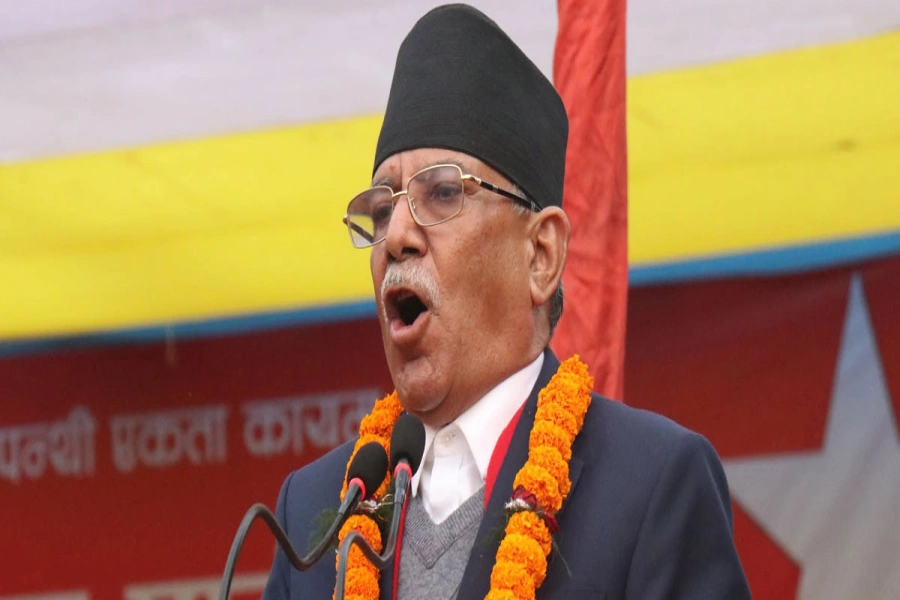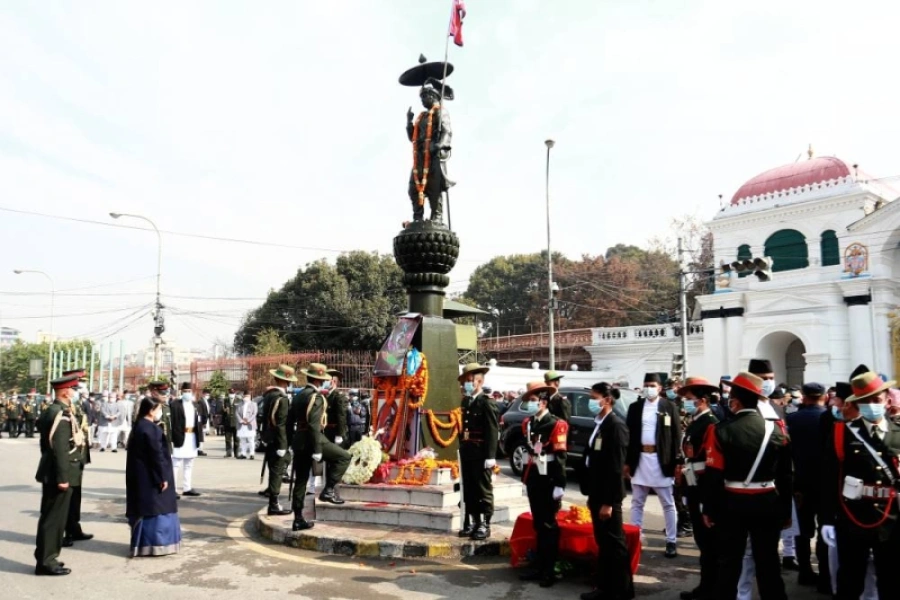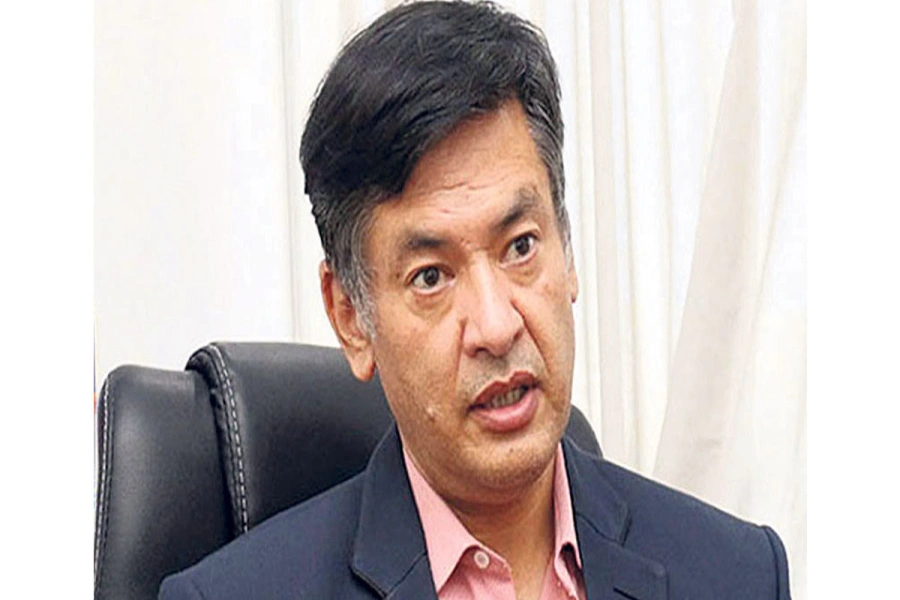In the context of Nepal, the data sources heavily rely on traditional data sources such as surveys, census, and administrative records
Mobile phone and Satellite data can significantly contribute to filling data gaps in monitoring SDG target 1.1.1, which focuses on the proportion of the population living below the international poverty line by various demographic factors and geographic locations. It can provide insights into human mobility patterns, including migration trends, commuting behaviors, and travel patterns.
Advances in non-traditional data sources are revolutionizing how we collect, analyze, and utilize information. Non-traditional data sources refer to information not typically available through economic authorities or statistical offices, such as national accounts, labor force surveys, or trade data. Non-traditional data sources come from (satellite images); mobile telecommunications (call records), social networks (sentiment analysis), and citizen-generated data (civil society data), which are cost-effective methods and address the data gap. Additionally, non-traditional data also helps to monitor and track the Sustainable Development Goals (SDGs).
In the context of Nepal, the data sources heavily rely on traditional data sources such as surveys, census, and administrative records. The Survey, Census, and Administrative data sets are infrequent and significantly delay data availability, which creates a data gap. The Nepal Demographic Health (NDHS) survey is taken every five years, the National Population and Housing Census (NPHC) is conducted every ten years, and the Nepal Living Standard Survey(NLSS) is conducted at intervals of ten years. Likewise, The Nepal Labor Migration Report 2022 also reflects the critical points on the unavailability of disaggregated data and inconsistencies and discrepancies in the labor migration data. In contrast, Non-traditional data sources offer real-time or near-real-time data collection, which can provide more timely decision-making information than periodic surveys. Therefore, adopting non-traditional data sources will minimize the data gaps and improve monitoring, reporting, and progress, leading to better-informed, data-driven decision-making.
APF drafts operational policy to secure upcoming elections

Global Landscape on Use of Non-Traditional Data
Across the globe, the use of Non-Traditional data is growing to address the development policy. In a study, the researcher used novel datasets of GDP figures and night-time light data recorded by satellites from outer space to investigate the overstatement of economic growth in autocratic regimes. In Rwanda, researchers suggest that using mobile phone metadata to predict wealth and income can provide a cost-effective option for gathering localized and timely information in resource-constrained environments where traditional methods are rare. In China, researchers show high-resolution satellite imagery and machine learning can identify urban poverty and its implications for housing inequality. Researchers in Haiti used mobile phone data to show where people relocate in response to disaster. In Pakistan, researchers developed an epidemiological model based on mobility data and climatic information to predict epidemic spread and generate dynamic risk maps for dengue containment and preparedness.
Need for Non-Traditional Data
Traditional data requires a robust statistical infrastructure encompassing well-trained staff, a strong database system, provisions for data sharing, and international collaborations. However, in low-income countries, these crucial resources are often limited. Traditional data sets are relatively costly. Conducting large-scale surveys and census takes a long time and is infrequent. Conversely, non-traditional data such as mobile phones, satellites, machine learning techniques, and citizen-generated data are cost-effective. These methods leverage existing technologies and data sources, reducing the need for extensive manual collection and processing. Likewise, mobile phone and satellite data enable a more granular analysis of poverty by providing insights into socioeconomic status and living conditions at the local level. This can help identify pockets of poverty that traditional survey methods may not capture. Furthermore, non-traditional data can be anonymized and aggregated, ensuring the protection of individual privacy.
Non-Traditional data for monitoring SDGs in Nepal
Nepal should learn from international practices of using non-traditional data to address the data gaps for SDGs. Currently, the data sources for collecting SDG indicators come from traditional data sources such as Nepal living standard survey (NLSS), Annual Household survey (AHS), National Population and Housing Census (NPHC) and other survey and administrative data. However these data sources do not provide sufficient data.
Mobile phone and Satellite data can significantly contribute to filling data gaps in monitoring SDG target 1.1.1, which focuses on the proportion of the population living below the international poverty line by various demographic factors and geographic locations. It can provide insights into human mobility patterns, including migration trends, commuting behaviors, and travel patterns. By analyzing this data, researchers and policy makers can infer the socioeconomic levels of different regions based on the mobility patterns of the population. Areas with higher mobility might indicate better economic opportunities or higher socioeconomic status.
Geo-spatial data for SDG target 6.3.1.1, on the proportion of untreated industrial wastewater, allows for precise mapping and monitoring. We can integrate satellite imagery and geographic information systems (GIS) to gain real-time insights into the extent of untreated industrial wastewater discharge.
Satellite data is instrumental in monitoring SDG target 11.1.1.1, focused on the population living in slum areas. Satellite imagery can provide valuable information on infrastructure, housing conditions, land use, basic amenities and informal settlements. This also allows policymakers to target interventions effectively in urban areas.
The non-traditional data sources complement the national statistics. The Government of Nepal needs strategic policy interventions to address the data gap. Investment in technical capacity building, including training programs for data scientists and statisticians, is essential. Recruitment and retention strategies for data experts within government agencies should be implemented, fostering interagency collaboration and partnerships with civil society to facilitate data flow. Additionally, promoting data literacy among government officials is crucial for effective data utilization in policymaking.
In Nepal, clear institutional mandates and effective coordination among data-producing agencies are essential at the national level for facilitating the exchange, interoperability, and timely publication of data. However, data exchanges across ministries, between ministries and National Statistical Office (NSO), and beyond are infrequent. The absence of clear mandates, responsibilities, and incentives for coordinating data production and exchanges can impede collaboration. To overcome these challenges, GON should establish and reinforce institutional frameworks that delineate mandates, clarify responsibilities, and provide incentives for effective coordination among data-producing entities. This would foster a culture of collaboration and enhance the availability and quality of data for informed decision-making and policy formulation.




